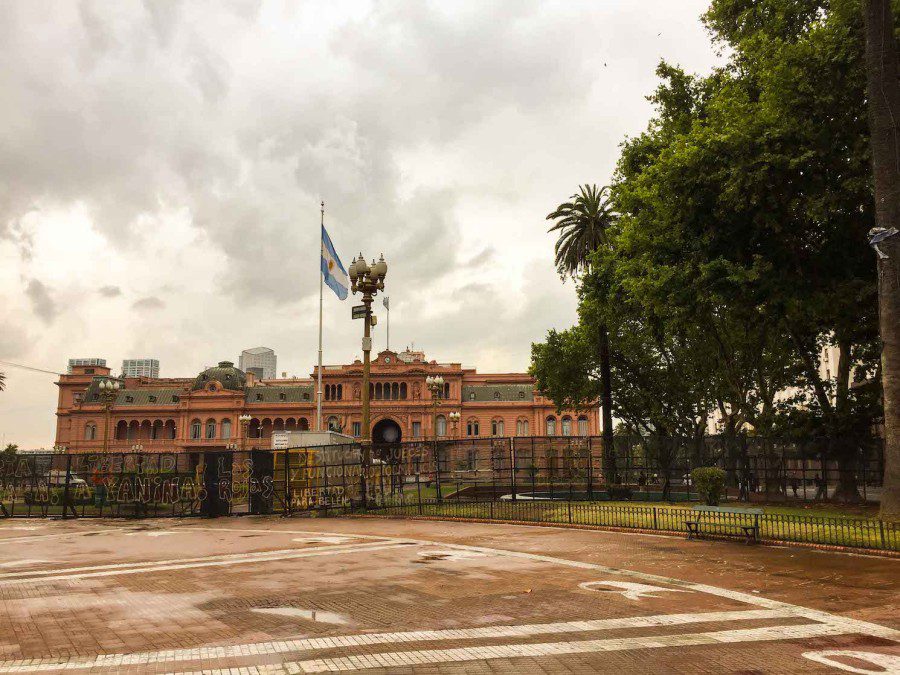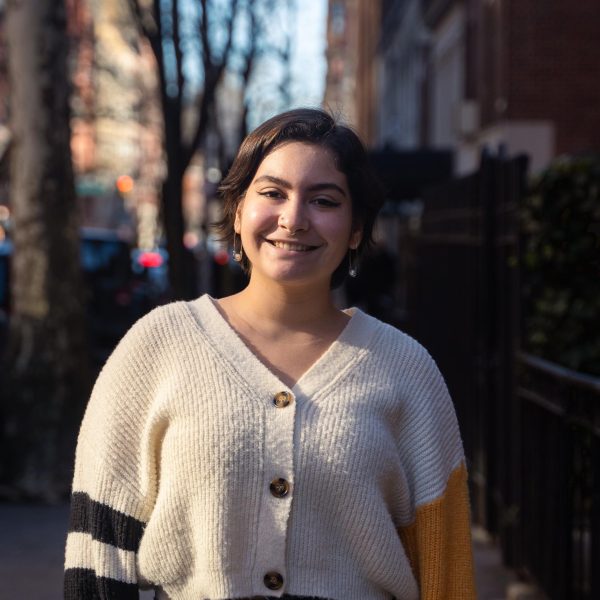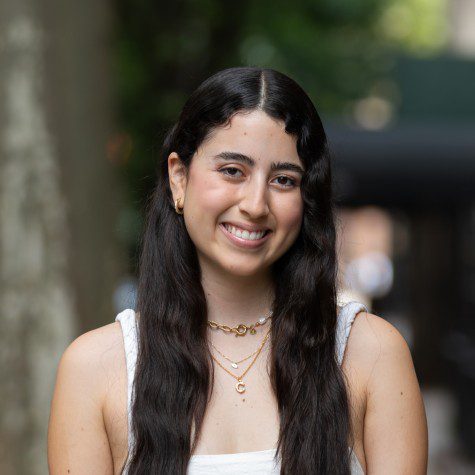NYU’s smaller study abroad sites are refreshingly personal
With smaller campus sizes, sites like NYU Accra, NYU Buenos Aires and NYU Sydney offer a unique sense of community to their students.
Looking for a tight-knit community abroad? Study away at one of these sites. (Camila Ceballos for WSN)
October 12, 2022
On NYU’s New York campus, which has approximately 29,700 undergraduate students, it’s easy to get lost in the crowd. Studying away not only offers students a chance to experience a new culture, but it also allows them to meet their peers in a more intimate environment.
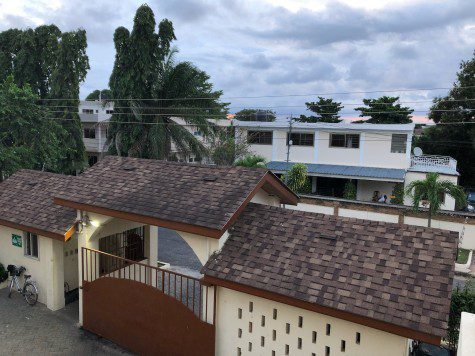
At NYU Accra, CAS junior Ikechukwu Dikko can sit with almost the entire student body in one day of classes.
“It’s the same people that you see every day, that you go to class with, that you hang out with,” Dikko said. “It’s a lot more of a tight-knit community feeling.”
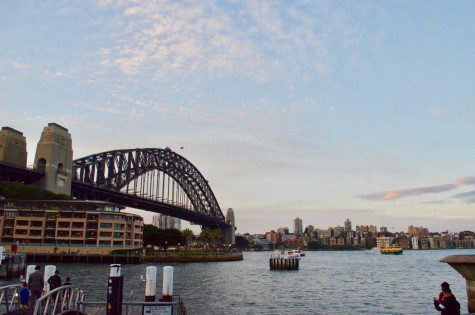
While the smaller sites like NYU Accra and NYU Sydney typically have less than 50 students, some of the larger sites like NYU London and NYU Florence can have anywhere from 300 to 500 students each semester. As a result, this sense of community is not as apparent.
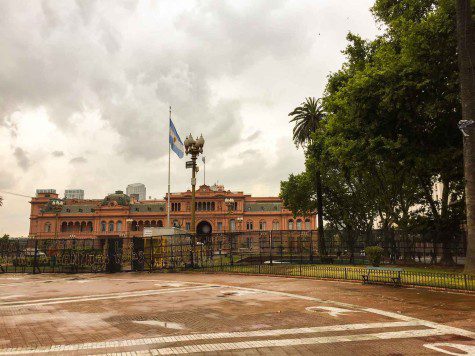
Steinhardt junior Ebun Adebonojo thought Paris felt like a “mini New York” when she studied at NYU Paris last spring. But that is not what she experienced this semester at NYU Buenos Aires, which has an average student body three times smaller than that of NYU Paris. She feels it’s been easier getting to know everyone and enjoys being able to see familiar faces around the school.
“The fact that we all came to study here at the same time already gives us something in common,” Adebonojo said. “It’s nice to have a change of pace here.”
These more meaningful connections extend to the faculty and administrators as well.
“The site directors, all the staff and faculty — we know them,” Dikko said. “We see them every day. They’re very much involved.”
At NYU Sydney, Gallatin senior James Lu has also enjoyed having smaller class sizes — something he appreciated about the smaller Gallatin classes on the New York campus.
“The professors and faculty are very close with you as well, because they know what your learning style is,” Lu said. “They know how you are going to engage with a lot of the material, so it adds for a lot of flexibility in terms of how you want to learn or how you expect to learn.”
For students accustomed to large lectures that can have more than 100 students, the smaller classes allow for a more personal class dynamic. Like Lu, most of Dikko’s classes on average have only five students.
“We are able to go into discussions and topics more deeply than maybe we would in New York, when we are in classes full of people in a lecture hall or seminar,” Dikko said.
However, these smaller study abroad sites often have a limited selection of classes. Adebonojo felt NYU Paris offered a wider array of courses, and she is only taking one class at NYU Buenos Aires that relates to her major. But according to all three students, a limited course catalog is the only drawback to studying at a smaller site.
Contact Juliana Guarracino at [email protected].























































































































































